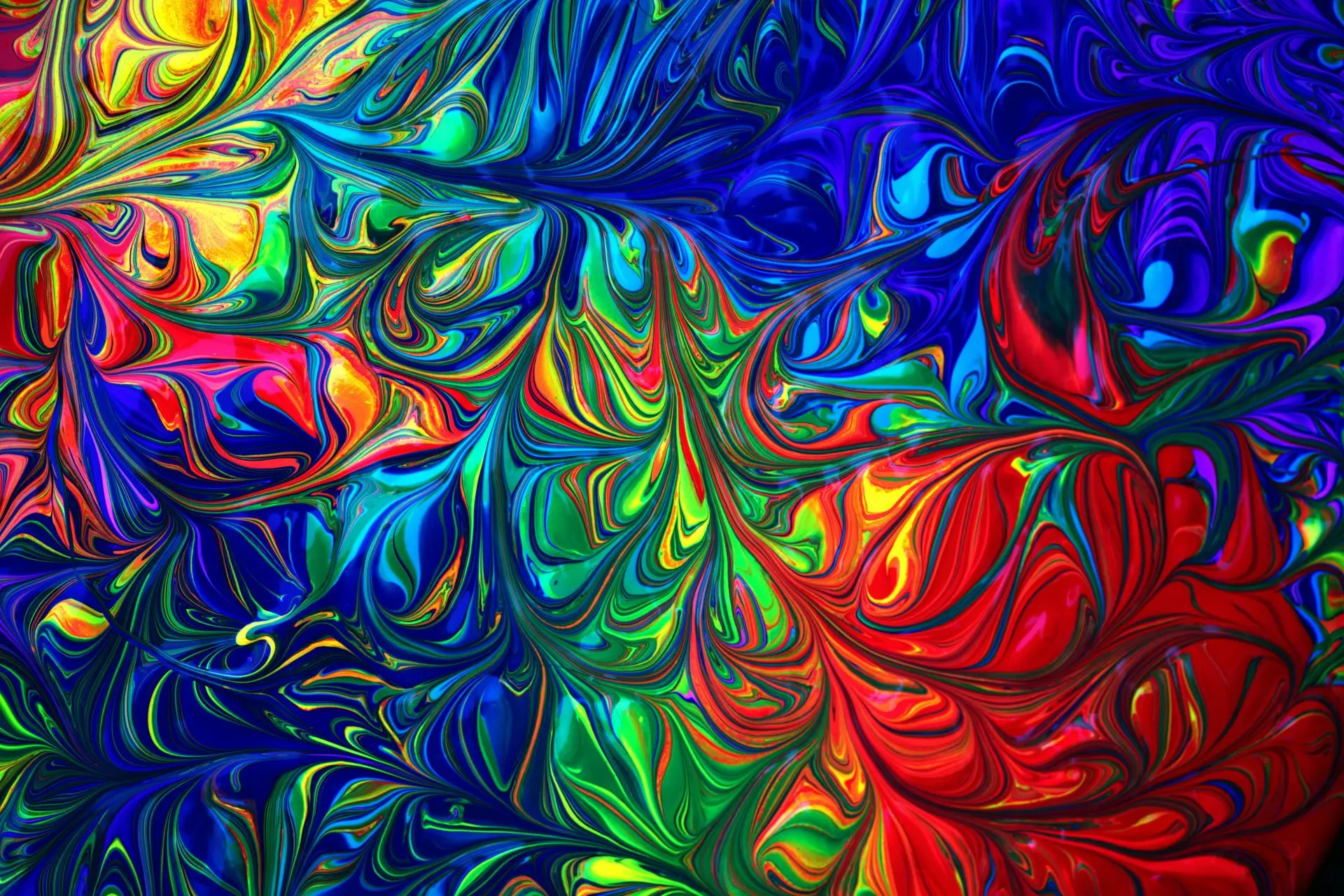How to Check What Graphics Card I Have: A Simple Guide

Looking for more amazing products? Check out our online store and explore our collection here! Happy shopping!
Before diving in, please note: This post is for informational purposes only. If you’d like to know more about how we approach topics, feel free to check out our friendly Disclaimer Page.
Hey there, amazing readers! 
We’re committed to delivering quality posts, and your support (even just sticking around despite the ads) means everything to us. So, bear with us, and thanks for helping us keep the good vibes rolling. Now, on to the fun stuff!
TRANSLATE BUTTON AT THE END OF THE ARTICLE
Introduction
Ever wondered what graphics card is powering your computer’s visuals?
Knowing which graphics card you have can come in handy for so many reasons, from gaming and video editing to simply understanding your computer’s capabilities.
And the good news?
Finding out your graphics card information isn’t as hard as it might seem.
Whether you’re on a Windows PC or a Mac, I’ll walk you through the easy ways to identify your graphics card without the need for any special software or advanced knowledge.
So let’s get curious and dive in!
Why Knowing Your Graphics Card Matters
Let’s start with why this little piece of hardware is so important.
A graphics card, also known as a GPU (Graphics Processing Unit), is the component responsible for rendering images, videos, and animations on your computer.
If you enjoy gaming, creating digital art, editing videos, or even just watching high-definition movies, your graphics card plays a crucial role.
Knowing your graphics card specs can help you:
Determine Compatibility with new software, games, or updates.
Understand Performance limitations for high-demand applications.
Decide on Upgrades if you’re thinking of enhancing your system.
Even if you’re not a tech expert, a little insight into your graphics card can empower you to make the most of your device.
So, let’s start uncovering it!
Checking Your Graphics Card on Windows
If you’re using a Windows computer, there are a few quick ways to check your graphics card information.
Let’s walk through some simple methods.
Method 1: Using Device Manager
Open Device Manager – You can do this by typing “Device Manager” into the Windows search bar.
Hit Enter, and the Device Manager window will pop up.
Expand Display Adapters – In Device Manager, look for the section labeled “Display Adapters” and click the arrow next to it.
This will expand a list of graphics-related devices on your computer.
Check Your Graphics Card – Under “Display Adapters,” you should see the name of your graphics card.
This could be something like “NVIDIA GeForce,” “AMD Radeon,” or “Intel UHD Graphics.”
That’s it!
Device Manager provides a straightforward way to identify your graphics card’s model name without needing any extra tools.
Method 2: Using DirectX Diagnostic Tool (DxDiag)
Open Run – Press Win + R on your keyboard to open the Run dialog box.
Type DxDiag – In the Run box, type
dxdiagand hit Enter.This will open the DirectX Diagnostic Tool.
Check Display Tab – In the DxDiag window, switch to the “Display” tab.
Here, you’ll find information about your graphics card, including its name, manufacturer, and memory details.
This tool is especially handy because it provides additional info, like driver versions, which can be useful for troubleshooting.
Method 3: Using Windows Settings
Open Settings – Click the Start menu, then select Settings (the gear icon).
Go to System > Display – In the Settings window, navigate to System and then Display.
Check Advanced Display Settings – Scroll down and select “Advanced display settings.” Here, you’ll find your display adapter information, including the graphics card name.
This method is quick and useful if you’re already in Settings and need a fast check.
Checking Your Graphics Card on macOS
For Mac users, finding out your graphics card details is also simple.
Let’s explore the quick steps to check your GPU on macOS.
Method 1: About This Mac
Open About This Mac – Click the Apple logo in the top-left corner of your screen, and select “About This Mac.”
Go to System Report – In the About This Mac window, click on “System Report.” This opens a window with detailed information about your Mac.
Check Graphics/Displays Section – In the left sidebar, select “Graphics/Displays.” Here, you’ll see the name of your graphics card, along with additional details like VRAM (Video RAM) and resolution capabilities.
Method 2: Using System Preferences
Open System Preferences – Click the Apple logo and go to System Preferences.
Select Displays – In the System Preferences window, click on “Displays.” You may see information about your display and, in some cases, a note about the GPU powering it.
For most Mac users, these methods will give you all the graphics card info you need without needing any additional software.
Finding Your Graphics Card Info Through Third-Party Tools
Sometimes, you might want a bit more information than what the built-in options provide.
In that case, third-party tools can give you a more detailed breakdown of your graphics card specs.
Here are a few popular tools that work on both Windows and macOS.
GPU-Z (Windows)
GPU-Z is a free tool that provides extensive information about your graphics card, including clock speeds, memory type, and real-time usage statistics.
Here’s how to use it:
Download and Install GPU-Z – Head to the official GPU-Z website and download the installer.
Open the Application – Once installed, open GPU-Z, and it’ll automatically detect and display your GPU’s details, including its manufacturer, model, memory type, and more.
Speccy (Windows)
Speccy is another free tool that gives you a full overview of your computer’s hardware, including your graphics card.
It’s easy to use and provides detailed information at a glance.
Download and Install Speccy – Visit the Speccy website to download and install the software.
Open Speccy – Once installed, open Speccy and click on the “Graphics” tab.
Here, you’ll find all the details about your graphics card, including model, memory, and temperature.
OpenGL Extensions Viewer (macOS and Windows)
If you’re on a Mac and want to see a bit more detail, OpenGL Extensions Viewer is a great choice.
It’s available on both macOS and Windows, so it’s a versatile option.
Download OpenGL Extensions Viewer – Download the app from the App Store or the official website.
Open the Application – Once installed, open the app to see detailed information on your GPU, including OpenGL capabilities and graphics performance metrics.
Understanding Graphics Card Specs
So, you’ve found your graphics card—now what?
Graphics cards come with various specifications, which can tell you about their performance potential.
Here’s a quick overview of some of the main specs you might see and what they mean.
VRAM (Video RAM)
VRAM is the memory specifically used by your graphics card to store image data.
The more VRAM, the better your GPU can handle high-resolution textures and large amounts of data, which is especially useful for gaming, 3D rendering, and high-definition video editing.
Clock Speed
Measured in MHz or GHz, clock speed represents how quickly your GPU can process data.
Higher clock speeds generally mean better performance, though other factors can also affect speed.
CUDA Cores / Stream Processors
These are the “cores” of the GPU and are responsible for handling the graphics processing tasks.
NVIDIA cards have CUDA cores, while AMD cards use stream processors.
More cores typically mean better performance, though this also depends on the overall GPU architecture.
Common Questions About Graphics Cards
How Often Should I Check My Graphics Card?
While it’s not something you need to check all the time, it’s helpful to know your graphics card model when updating drivers, installing new software, or troubleshooting performance issues.
Can I Upgrade My Graphics Card?
On most desktop computers, yes, you can upgrade your graphics card by purchasing a new one that’s compatible with your system.
However, on most laptops, the GPU is integrated and cannot be upgraded.
Do I Need a High-End Graphics Card?
This depends on your usage.
For basic tasks like web browsing and office work, an integrated GPU (built into the CPU) is usually fine.
But for gaming, video editing, and design, a dedicated high-performance GPU is beneficial.
Final Thoughts
Finding out what graphics card you have is a simple yet powerful way to better understand your computer’s capabilities.
Whether you’re gearing up for a gaming session, troubleshooting an issue, or just getting to know your system better, knowing your GPU can make a world of difference.
Now that you know how to check your graphics card details on both Windows and macOS, you can make more informed decisions about upgrades, software compatibility, and overall system performance.
So go ahead and give it a try—check out your graphics card specs and see what’s running behind the scenes.
Happy exploring!

The Enlightenment Journey is a remarkable collection of writings authored by a distinguished group of experts in the fields of spirituality, new age, and esoteric knowledge.
This anthology features a diverse assembly of well-experienced authors who bring their profound insights and credible perspectives to the forefront.
Each contributor possesses a wealth of knowledge and wisdom, making them authorities in their respective domains.
Together, they offer readers a transformative journey into the realms of spiritual growth, self-discovery, and esoteric enlightenment.
The Enlightenment Journey is a testament to the collective expertise of these luminaries, providing readers with a rich tapestry of ideas and information to illuminate their spiritual path.
Our Diverse Expertise
While our primary focus is on spirituality and esotericism, we are equally passionate about exploring a wide range of other topics and niches 

To ensure we provide the most accurate and valuable insights, we collaborate with trusted experts in their respective domains 
Our blog originally focused on spirituality and metaphysics, but we’ve since expanded to cover a wide range of niches. Don’t worry—we continue to publish a lot of articles on spirituality! Frequently visit our blog to explore our diverse content and stay tuned for more insightful reads.
Hey there, amazing reader! 
Check out our store here and take a peek at some of our featured products below! Thanks for being awesome!










